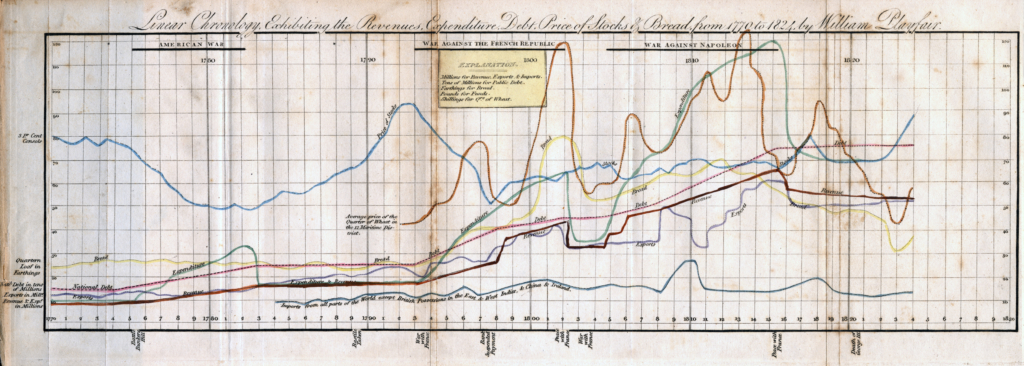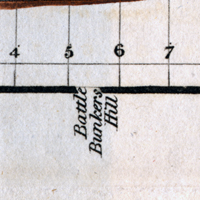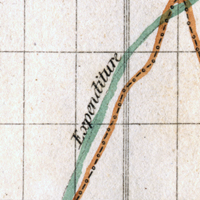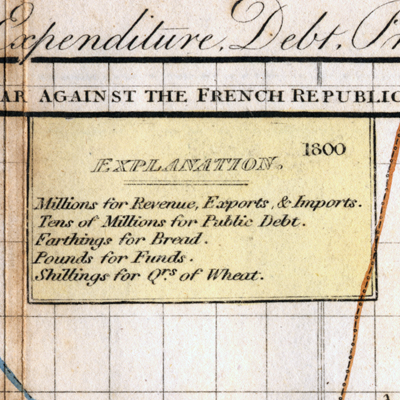Radish to romanesco: A year in vegetables
February 20th, 2025
4 min
Datawrapper lets you show your data as beautiful charts, maps or tables with a few clicks. Find out more about all the available visualization types.
Our mission is to help everyone communicate with data - from newsrooms to global enterprises, non-profits or public service.
We want to enable everyone to create beautiful charts, maps, and tables. New to data visualization? Or do you have specific questions about us? You'll find all the answers here.
Data vis best practices, news, and examples
250+ articles that explain how to use Datawrapper
Answers to common questions
An exchange place for Datawrapper visualizations
Attend and watch how to use Datawrapper best
Learn about available positions on our team
Our latest small and big improvements
Build your integration with Datawrapper's API
Get in touch with us – we're happy to help
This article is brought to you by Datawrapper, a data visualization tool for creating charts, maps, and tables. Learn more.
Hi, this is Ivan — I am a visualization developer here at Datawrapper. For this edition of Weekly Chart let’s travel a couple of centuries into the past.
We recently launched our brand new small multiple line charts. Having contributed a lot of time and effort towards developing the feature, I was excited to take it for a test drive in my Weekly Chart!
My initial idea was to find a very early small multiple chart from a data visualization pioneer and recreate it in Datawrapper. While I failed to find something adequate — let me know if you know what the first ever small multiple chart was! — I did encounter this line chart (you can also see it in this post below) by William Playfair and decided to remake it as small multiples in Datawrapper.
The original chart contains multiple time series that are fighting for attention within the single plot. Plotting each line in a separate panel gives each time series more space and makes it easier to see the impact of different events (in this case, wars) on the development of each measure.
Obtaining the data was tricky. After some searching I could not locate data sources used in the original (where’s the CSV, Mr. Playfair? 😂). While it would probably be possible to obtain some of the original data by looking through historical sources, I decided to use a different approach.
I came across an amazing tool called WebPlotDigitizer which allowed me to throw in the chart image and extract data directly from it. After marking axis values directly on the graphic as an initial step, I manually marked yearly values for each time series. WebPlotDigitizer saved my marked data points and then I simply exported the data.
There is even an algorithm for automatically extracting all data but I did not manage to get it to work (perhaps it would work better on an image of digital origin). Nevertheless I’m definitely keeping this tool in my data visualization arsenal for the future!
Once I had the data, making the chart was straightforward. I applied line colors from the original chart, edited panel titles to explain each measurement and used repeated range highlights and text annotations to depict events.
Of course my remake lacks the charm of the original but I hope it’s a worthy alternative that showcases a different approach to visualizing the same dataset.

I really enjoyed exploring the little details of William Playfair’s original chart while remaking it. The rotated annotations, the curved line labels, and the “Explanation” legend are all fascinating from my perspective of someone who works on a digital charting tool, as these features don’t necessarily follow the data visualization “best practices” of today.



At the same time so many basic charting choices are completely in line with a good modern line chart:
All this long before the existence of “best practices.” What an achievement for a chart made 200 years ago!
I hope you enjoyed this dive into the past as much as I did. Please let me know if you have any comments below or at ivan@datawrapper.de. We’ll see you next week!
Comments